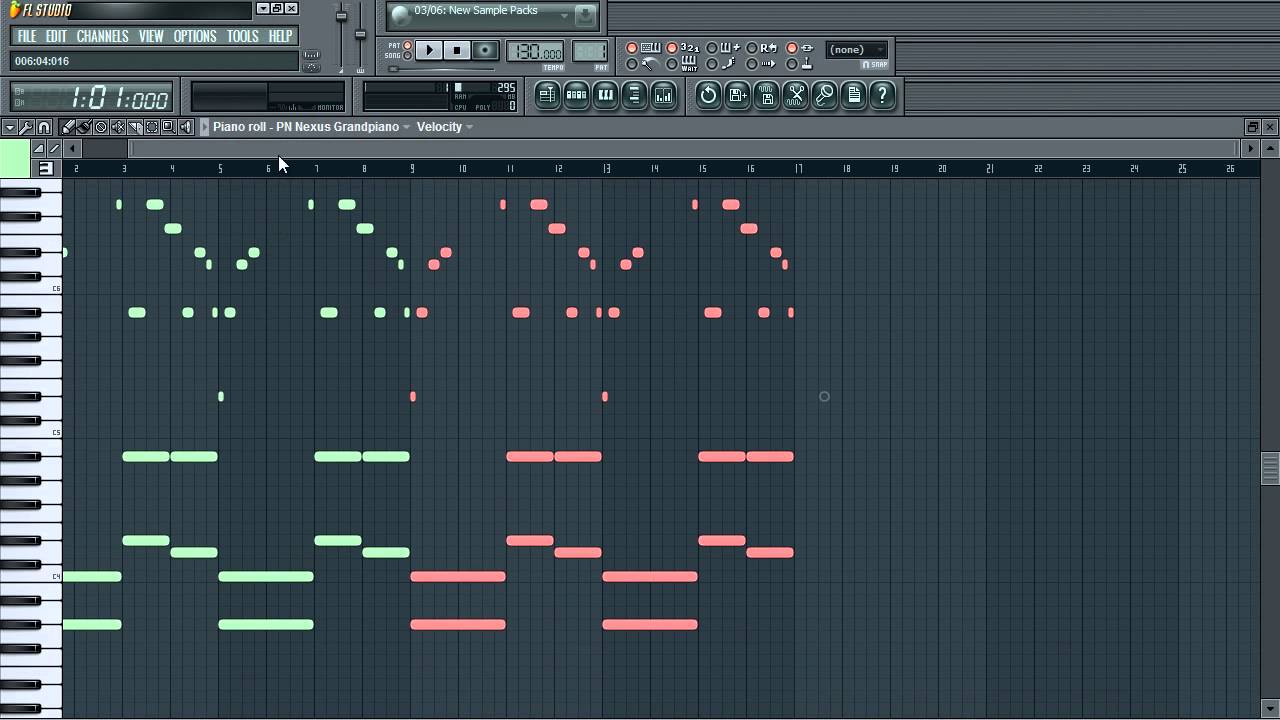
There’s a nice zoom tool that lets you select an area to view, and then zoom-right-click to back out (but not to your previous zoom!).

The note start time can be nudged with the mousewheel. The currently viewed note property (in the bottom) can be adjusted with the mousewheel. When you click to insert a note it uses the last selected note length, unless you hold shift then you can draw the note length by dragging. These tools are temporarily available with various combinations of shift, alt/option and ctrl/command. In FLStudio you left click to add a note, right click to delete it.įrom there you have a number of tools that you can select to delete, mute, select, etc… ootes. Your browser does not support the video tag.Ĭlick play to see piano roll basics in action There’s even more capabilities that various softwares have, however I think that these 2 lists cover the basic expectations of most intermediate music makers (and even some beginners). Tools for quickly creating ‘shapes’ of metadata, like a sine wave shaped velocity curve or similar.Colouring notes based on specific attributes like pitch or velocity.Advanced selection tools for selecting notes based on specific attributes such as pitch class, length, velocity, position etc….Paint notes (draw in a series notes, often according to a grid, with a single action).Quantize notes (automatically move them to a time grid).


What IS a Piano Roll and what should it do? What IS a Piano Roll and what should it do?.To start with, I’m going to cover the bare basics of Piano Roll usage. I’ll be spending this post, and the following 2 posts discussing MIDI editing/entry which is mostly done in the Piano Roll. If you’ve read my website much then you know I really rev up when I see claims made about features. FLStudio’s manual has some bold claims in it…įL Studio's Piano roll has the well deserved reputation as the best Piano roll in the business.įL Studio has, arguably, the most powerful Piano roll editor available.


 0 kommentar(er)
0 kommentar(er)
